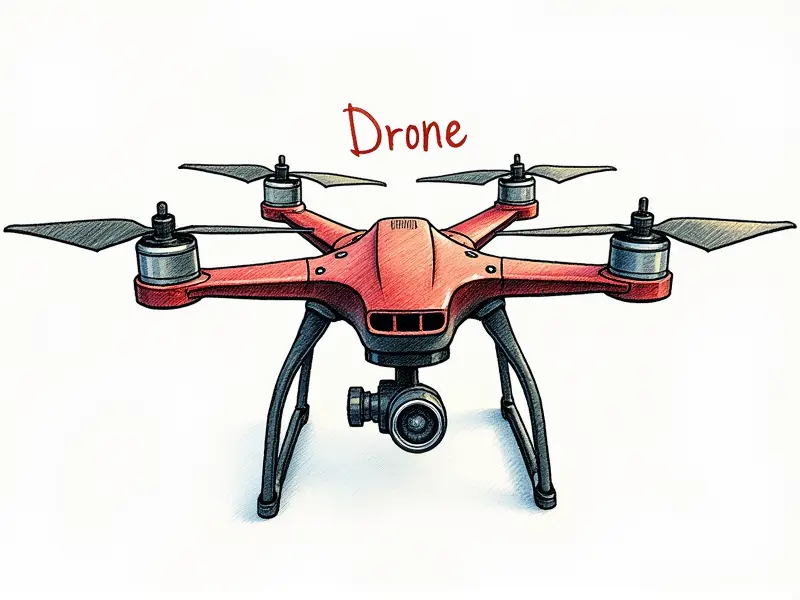How to tune a drone's PID?

Mastering Drone PID Tuning Basics
PID tuning is an essential aspect of drone performance optimization. It stands for Proportional, Integral, and Derivative control, which are the three components that work together to ensure your drone maintains stability during flight. Understanding how each component functions can significantly enhance your drone's responsiveness and overall flight quality.
Quick Guide to Perfect PID Settings
To achieve optimal performance, you need to fine-tune the PID settings for your specific drone model. This involves adjusting the P (proportional), I (integral), and D (derivative) values until your drone exhibits smooth and stable flight characteristics.
Achieving Smooth Flights with PID Tuning
Smooth flights are a direct result of well-tuned PID settings. By carefully balancing these parameters, you can reduce oscillations and improve the drone's ability to maintain its position accurately in various conditions.
Tips for Perfect Drone PID Settings
- Start with Default Values: Begin by using the default PID values provided by your drone manufacturer. These are usually a good starting point for fine-tuning.
- Increase Proportional Gain Gradually: The P gain determines how strongly the system reacts to the current error. Increasing it too much can cause overshooting and instability, so proceed incrementally.
- Adjust Integral Gain Cautiously: The I gain helps eliminate steady-state errors over time but can also introduce oscillations if set too high. It's crucial to find a balance that minimizes error without causing instability.
- Tune Derivative Gain for Damping: The D gain works to reduce overshoot and improve stability by predicting future errors based on the rate of change in the system. A well-tuned D value can significantly enhance flight smoothness.
Fast Track to PID Mastery for Drones
Mastery over PID tuning requires practice and patience. Start with small adjustments and observe how your drone responds under different conditions, such as windy weather or high-altitude flights.
Unlock Your Drone's Potential with PID
A properly tuned PID system unlocks the full potential of your drone by ensuring it can perform at its best in any situation. This includes maintaining stability during complex maneuvers and responding quickly to control inputs from the pilot.
PID Tuning: The Key to Stable Flight
Stable flight is paramount for both recreational and professional drone use. By mastering PID tuning, you can ensure that your drone remains steady even in challenging environments, enhancing its reliability and performance.
Advanced PID Techniques for Smooth Flights
- Dynamic Tuning: Adjust PID settings dynamically based on flight conditions to optimize performance. This involves using sensors to monitor environmental factors like wind speed and adjusting the PID values accordingly.
- Feedback Loops: Implement feedback loops that continuously adjust PID parameters in real-time, allowing for more adaptive control during flight.
PID Tuning Tips for RC Quadcopters
RC quadcopters require precise tuning to achieve optimal performance. Here are some specific tips:
- Test in Controlled Environments: Start by testing your PID settings indoors or in a calm outdoor setting before moving on to more challenging conditions.
- Monitor Battery Levels: Ensure that battery levels do not affect flight stability. Low battery can cause erratic behavior, making it difficult to tune accurately.
Achieving Perfect Stability: Drone PID Tuning
The goal of PID tuning is to achieve perfect stability in your drone's flight dynamics. This involves minimizing oscillations and ensuring that the drone responds smoothly to control inputs without overreacting or underperforming.
Simplified PID Tuning Process for Beginners
- Understand Basic Concepts: Familiarize yourself with the basic principles of P, I, and D gains before attempting any adjustments.
- Use Software Tools: Leverage software tools designed specifically for PID tuning to simplify the process. Many drone manufacturers provide user-friendly interfaces for this purpose.
Conclusion
Mastery of PID tuning is crucial for achieving optimal performance from your drone. By understanding and applying these principles, you can unlock new levels of stability and responsiveness in your flights. Remember to start with the basics and gradually work towards more advanced techniques as you gain experience. With patience and practice, you'll be able to fine-tune your drone's PID settings for perfect flight every time.

